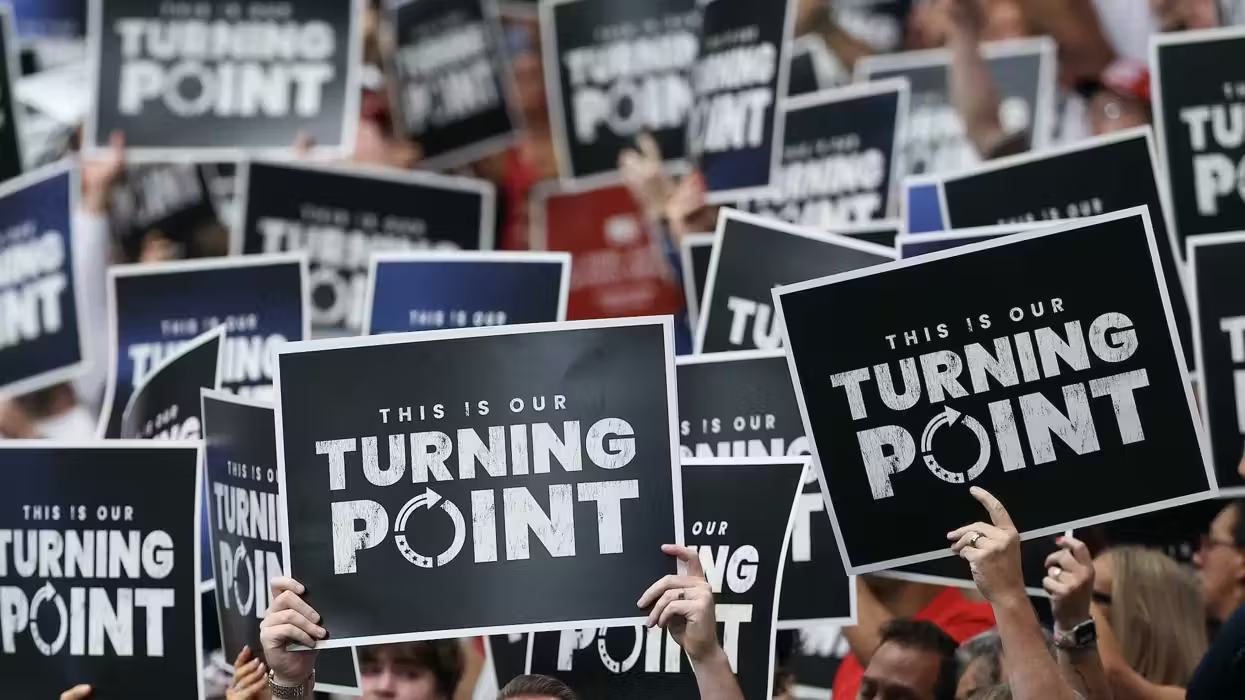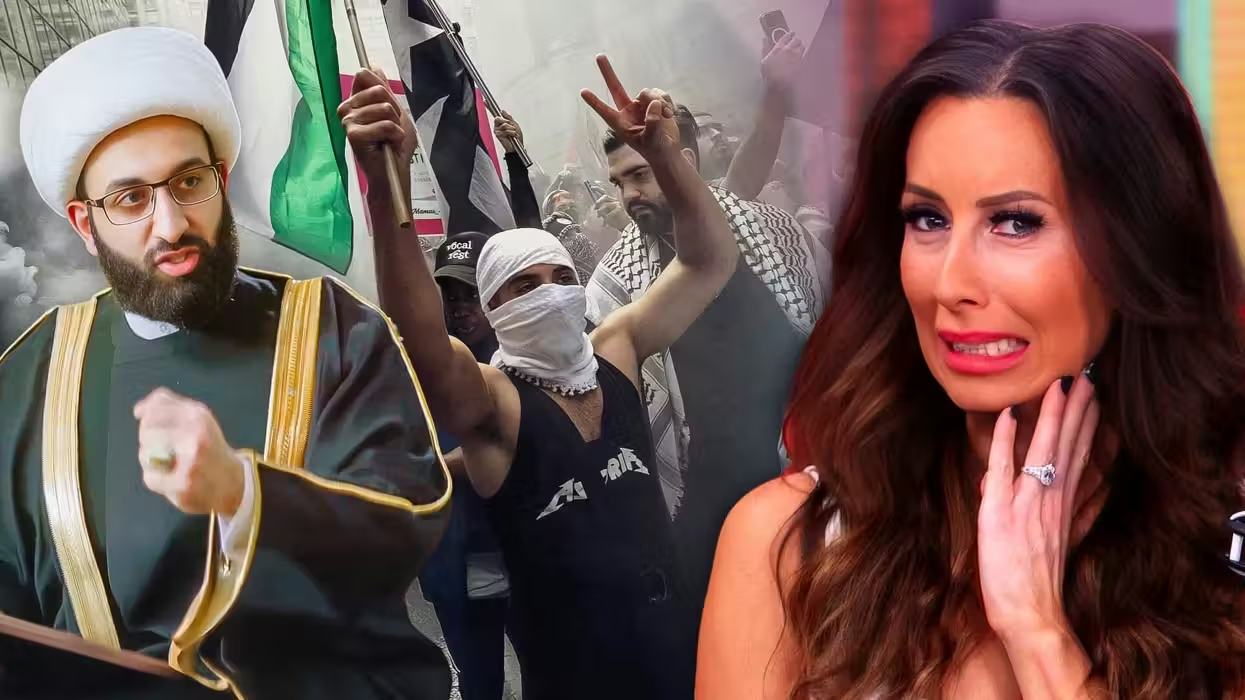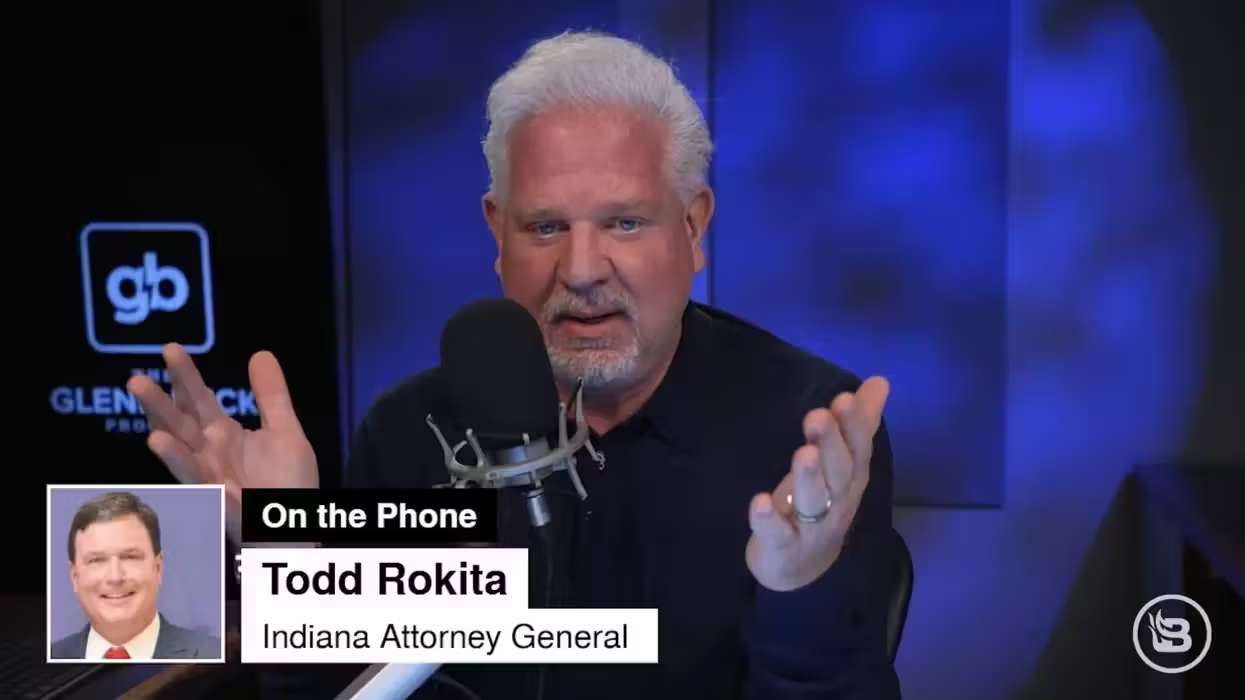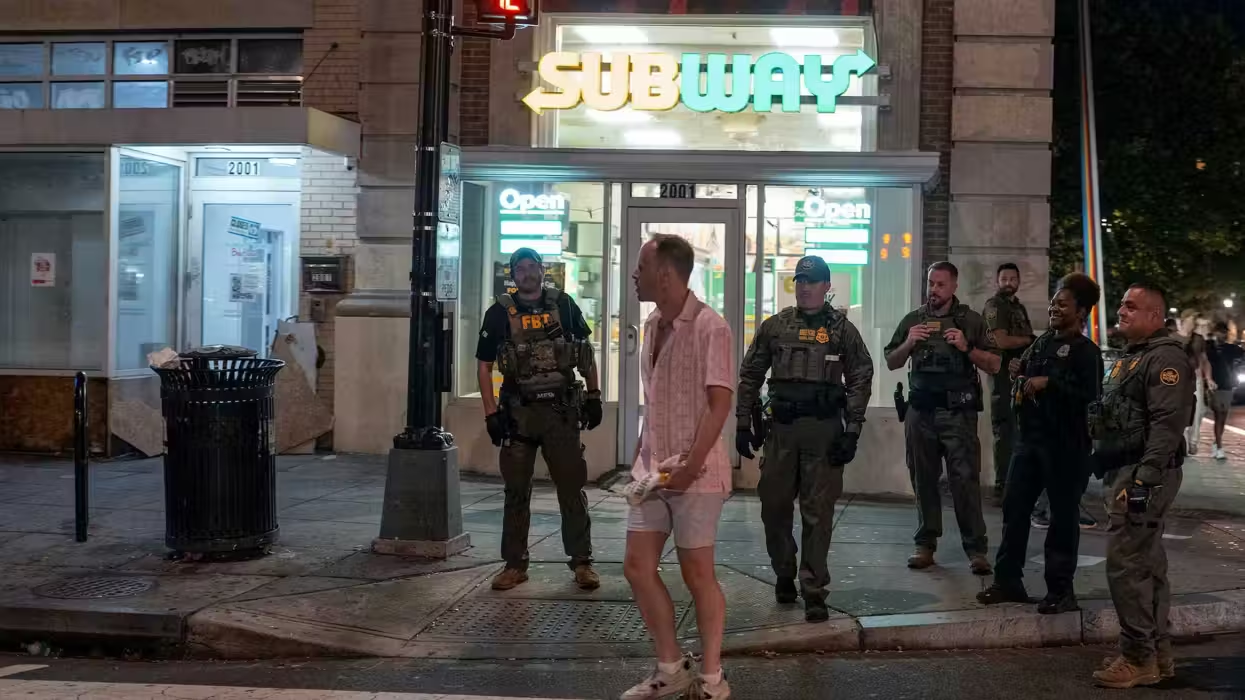Forget the fact that Kennedy's assassin, Lee Harvey Oswald, was a suicidal Soviet-sympathizing communist. The New York Times would like to offer a bit of revisionist history in marking the 50th anniversary of President Kennedy's death. Dallas' "right-wing hysteria" fed Oswald's murderous tendencies, Manny Fernandez argues:
In the early 1960s, a small but vocal subset of the Dallas power structure turned the political climate toxic, inciting a right-wing hysteria that led to attacks on visiting public figures. In the years and months before Kennedy was assassinated, Lyndon B. Johnson; his wife, Lady Bird; and Adlai E. Stevenson, the United States ambassador to the United Nations, were jostled and spat upon in Dallas by angry mobs. In sermons, rallies, newspapers and radio broadcasts, the city’s richest oil baron, a Republican congressman, a Baptist pastor and others, including the local John Birch Society, filled Dallas with an angry McCarthyesque paranoia. ...
Lee Harvey Oswald was a Marxist and not a product of right-wing Dallas. But because the anti-Kennedy tenor came not so much from radical outcasts but from parts of mainstream Dallas, some say the anger seemed to come with the city’s informal blessing.
James Piereson outlined the real facts behind Oswald's leftist extremism in a Wall Street Journal column last week:
The facts are that President Kennedy was a martyr in the Cold War struggle against communism. The assassin was a communist and not a bigot or a right-winger. Oswald defected from the U.S. to the Soviet Union in 1959, vowing when he did so that he could no longer live under a capitalist system. He returned to the U.S. with his Russian wife in 1962, disappointed with life under Soviet communism but without giving up his Marxist beliefs or his hatred of the U.S. By 1963, Oswald had transferred his political allegiance to Castro's communist regime in Cuba.
It's funny that the Times should specifically mention the John Birch Society as an example of the right-wing extremism influencing Oswald in the 1960s. As Piereson notes, just months before assassinating President Kennedy, Oswald attempted to shoot and kill Edwin Walker, a retired U.S. Army general and then-head of the Dallas JBS chapter. Walker was an opponent of school integration and openly called for the overthrow of Castro's communist regime in Cuba. "The rifle Oswald used in the attempt at Walker's life was the one he used to shoot Kennedy," Piereson writes.
Fearful he'd be arrested, Oswald fled Dallas for New Orleans. It was there that he "established a local chapter of Fair Play for Cuba, a national organization dedicated to gaining diplomatic recognition for Castro's regime. Oswald was filmed by a local television station in New Orleans circulating leaflets on behalf of the Castro government... Soon thereafter he appeared on a local television program to debate U.S. policy toward Cuba."
But yeah, he was a hardcore right-winger, or something.
Related: 50 years later, Lee Harvey Oswald was no "patsy"






